As an Amazon Associate I earn from qualifying purchases.
I see salsify. It’s everywhere. And I didn’t know it was salsify. Until now. We have had wild salsify root growing in our yard for several years — and never noticed.
This, to me, is wildly amusing. Here I am, supposedly Mr. Great Forager and all that, yet here is a common wild edible right under my damn nose and I’m too ignorant to see it. I do, of course, have an excuse: This has never been one of my “forage items,” nor has anyone I’ve known dug for them, or even grown them in a garden.
Salsify (either “sal-suh-fee” or “sal-suh-fie” are OK ways to say it) is a root vegetable that tastes a bit like an artichoke heart; not like an oyster, as its other name would suggest. It also has a black-skinned cousin scorzonera that I have grown in the garden.
Never having seen my garden dwellers set flowers, I never knew that those gorgeous purple flowers we had in the untamed “back forty” of our yard were the same vegetable, which, like wild fennel, was introduced here by European settlers and has since spread and naturalized.
There is another variety with broader leaves that sets yellow flowers; there’s a picture of that flower at the end of this post.
My first inkling that I had wild salsify growing all over my yard was when Heather mentioned that she might go out and dig some wild salsify after reading about my last adventure with this plant. Huh? Like I just mentioned, I had no idea it grew wild. So I opened that series of tubes that is the internet and there was my flower. I’ll be dipped.
Once those flowers go by, they turn into pretty puffballs like dandelions. Over the years I’d helped them along by blowing the puffballs into the yard; I did the same thing to dandelions as a boy, much to the frustration of my mother. There might be a deep reason for this, other than my abiding hatred of neat lawns.
I know Michael Pollan, of Omnivore’s Dilemma fame, first and foremost as the author of the book The Botany of Desire: A Plant’s-Eye View of the World
, a fascinating look at how plants have influenced our behavior, moving us to help them in far more complex ways than a cockleburr sticks to a passing animal’s fur.
Flowers are pretty. They attract lots of creatures that can help a plant which displays such beauty. Like me. Even before I knew that this flower would create lots of plants with tasty roots, I saw it, liked it, and want to surround my life with more of it. For the plant, this is a good deal.
Life will become even better for wild salsify now that I know her true nature. I collected some seeds from the puffballs in the picture above and gave them a place in my garden — immediately transforming this weed to a vegetable, to be tended by me, who will do my best to keep salsify growing in my yard. What more could a plant ask for?
I pulled a few of the wild roots to make into another croquette; the salsify croquettes I made last month were so good I definitely want to make them again.
Back to blindness. I took another walk along the river yesterday, and this time I could see that crazy-looking pipevine with the black-and red caterpillars on it that so mystified Holly and I last week; we must have passed it dozens of times without noticing it before. Now every time I go out, I am spotting wild edible plants with more ease.
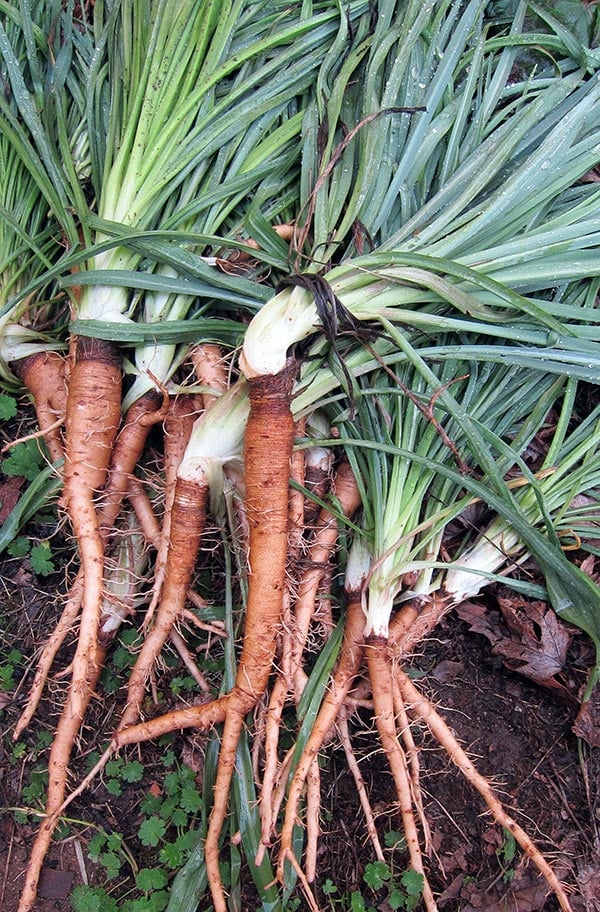
I call this The Sight. I talk a lot about The Sight to my non-hunting friends, because you develop the same quasi-mystical ability when hunting animals as you do when hunting for plants. When I’m in the groove, I can almost feel where a striped bass or berry bush or pheasant is going to be.
The world looks very different when you can see clearly what is in it. Yesterday I was walking on a trail not 100 yards from a horde of bikers, hikers, walkers and runners, but none noticed me. Nor did they notice the old blacktail doe bedded down under an oak in between us. But I could see her, and saw that she was focused on me, not the horde. It was a private moment in the midst of a crowd, and it was pretty special.
But for all I know I could have walked right by another deer, or a bobcat or a huge patch of morel mushrooms. Nature is so vast, and there is so much to know — more than a lifetime’s worth — that I am pretty certain I will spend the rest of my life wandering obliviously past some delicacy while in search of another. But hey, that’s life, ain’t it?
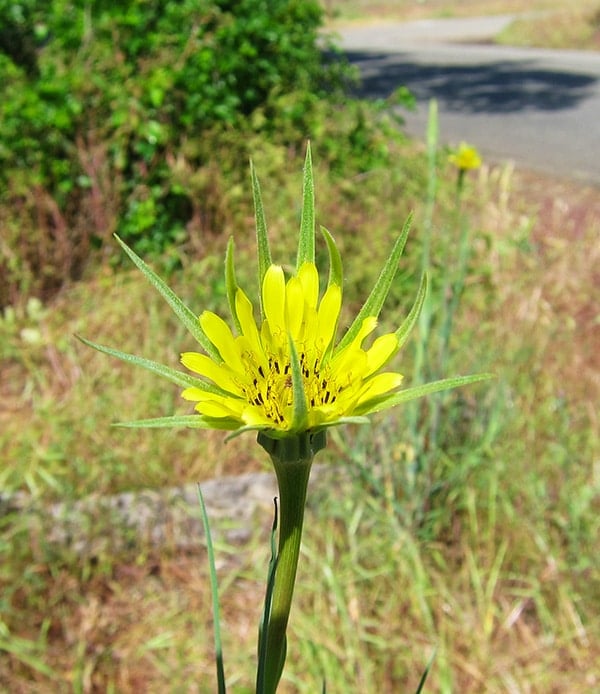
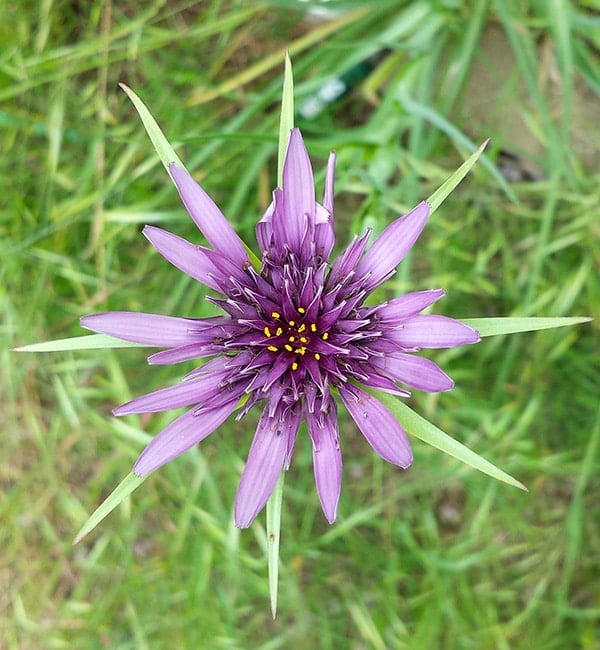
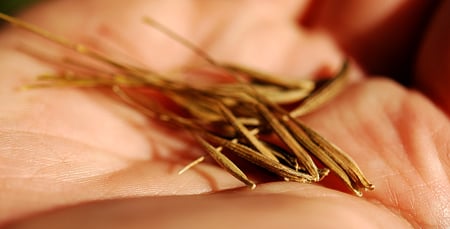
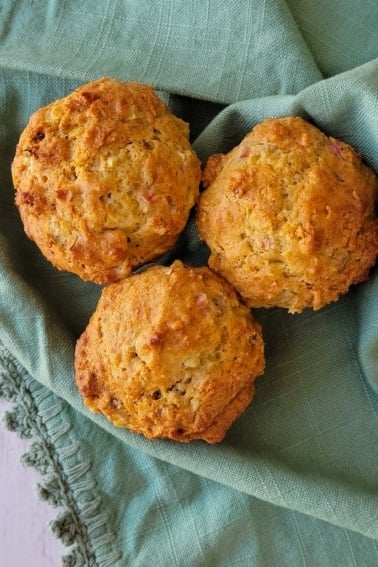
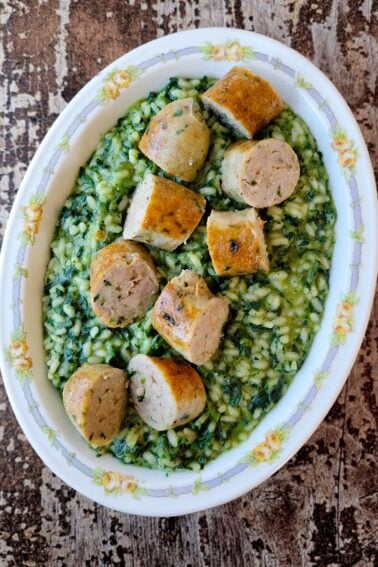
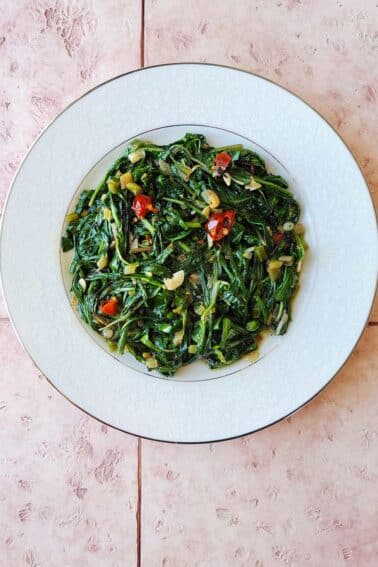
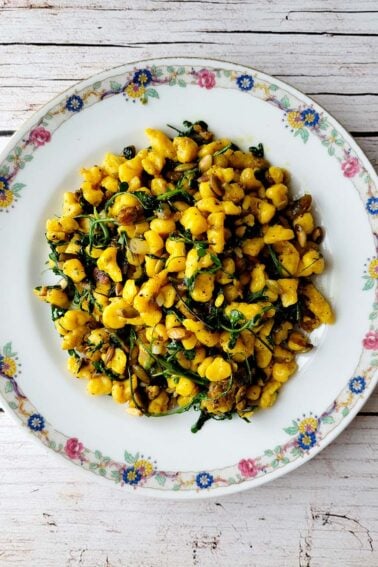
Just discovered this yellow flower in our herb garden in with the chives! so curious where it came from, because we have never seen that here in Oklahoma!
I was walking to get my morning cofeee. We have a huge field between here and there where I too look at all the beautiful “weeds”. I feel their energy. It’s truly amazing. I stumbled upon a GIANT puffball. This started my search and I found this article. I feel the same way about nature. Thank you for this!
Hello and thanks for this article. I’m changing to an alkaline diet and had no clue what salsify was or looked like, and I appreciate the recipe as well.
I had a plant that appeared in my flower bed almost 30 years ago. Found out it was goat’s beard. Loved watching the little yellow finches eat the seeds. Was telling my son about so we started looking for it. Where yours has purple flowers, mine had bright yellow.
Do you know whether goat’s beard (western salsify) has a similar taste? I had originally eaten salsify in Italy. I too had seen the yellow flowers (just north of Carol, here in South Dakota), but had no idea it was salsify. I just saw it featured as a “Weed of the Week” on a farming show, but had only known it as goat’s beard.
Calamity Jules: I think they taste the same. I’ve had both and can’t remember any difference in flavor.
Is this the same as Goat’s Beard? Grows wild here in Nebraska but has yellow flowers.
Carol: Yes, same plant different subspecies.
Hi there, I live in England. I often asked my grown up daughter to find me unusual plants for free in the hedgerows. I thought she had gone out to get me some Verbena. However. She brought back a couple of lovely flowers, pale lilac in colour. So as they had no roots I thought I would put them in a vase on the kitchen windowsill. I was amazed a few days later to see these beautiful golden clocks very big and shiny in the sunlight and as an artist I thought how beautiful. So I scattered the seed around my garden. It grew in abundance. I had heard of Salsify but never had I seen it. So I did some research through my gardening books and wildflower books and there it was. Last year I spread seeds into one of my veggie beds and now at this very moment my son is digging up the roots. I have a Mrs Beatons Cookery book and she tells how to cook it in there. Vegetables for free, I do like that idea. 🙂
Hi I was wondering if anyone can tell me where I can get some of the seeds of the salsify Regards Jenny
I had no idea it was edible. I only knew it as another part of our non-native flora, Tragopogon porrifolius.
I read this post the other day and it reminded me I get so busy, I don’t stop to smell the roses sometimes. So today…
On the bike trail (Am River) today cycling. A huge vulcher was swooping down in front of me between the trail and the levy in a dense, shin high brush area. It was amazing to watch, I slowed down and was captivated. Perhaps looking for a rabbit or bird to munch? It looked like it was flying away then suddenly dipped low and came right in front of me. I felt the whoosh of the end of it’s wing go by me… what a rush and wonder! Wow those birds are huge.
With no disrespect intended for your beautiful salsify, I’ll see your “sexy root baby” and raise you one: https://www.salmoncabin.com/2009/04/foolish-carrot.html
Love the deer-off-trail encounter. You feel like you’re being let in on a great secret and you’re so smug, so thrilled, all the better for it.
Also, that root pic shows your way of looking at things vs. mine: You saw a sexy stride on the catwalk, I saw a lanky person who really has to go to the bathroom.
I see the yellow species: Tragopogon dubius frequently in recently disturbed areas here in central Indiana. I’ve always called it goat’s beard and didn’t even know it was edible. Wikipedia says that this species in widely distributed in the continental US. I’ll be keeping my eyes open for this one and harvest some seeds for the garden and roots for my belly.
I agree with Kate, I’ve never seen that particular plant here in PA. Could be growing here somewhere, but I doubt it. I spend a lot of time photographing flowers, and I definitely would have taken some shots of a flower that pretty.
I had a similar moment this past week with lambsquarters/fat hen. I live in PA without a tidy yard, and I don’t recognize that flower. Not that it couldn’t be here, somewhere. But it’s pretty distinctive and not familiar looking to me. Hard to tell from your pic how big it is. Maybe it likes warmer climes.
Your post inspired me to go take a photo of a Salsify Seed head:
https://www.flickr.com/photos/bbum/3541084640/
Enjoy.
I’ve been frustrated lately by the lack of wild dandelions in my yard – my ducks love them, and I’d rather get their greens for free than buy them (heck, I’d rather get MY greens for free).
They look pretty. The Sight is a good thing to talk about to folks, especially non-hunters. I’ve never heard it called that, but I like it.
We had no purple salsify in our neighborhood until a couple of years ago when a friend sent me some seeds in the mail.
Now we have tons and it is spreading.
https://www.flickr.com/photos/bbum/2508314722/
https://www.flickr.com/photos/bbum/2508312348/
https://www.flickr.com/photos/bbum/2507487017/
Lovely lovely plant. Some consider it a weed, but it is really easy to manage (easy to pull when young) and propagates nicely where nothing else really grows well.
I haven’t gotten around to eating any of it yet.